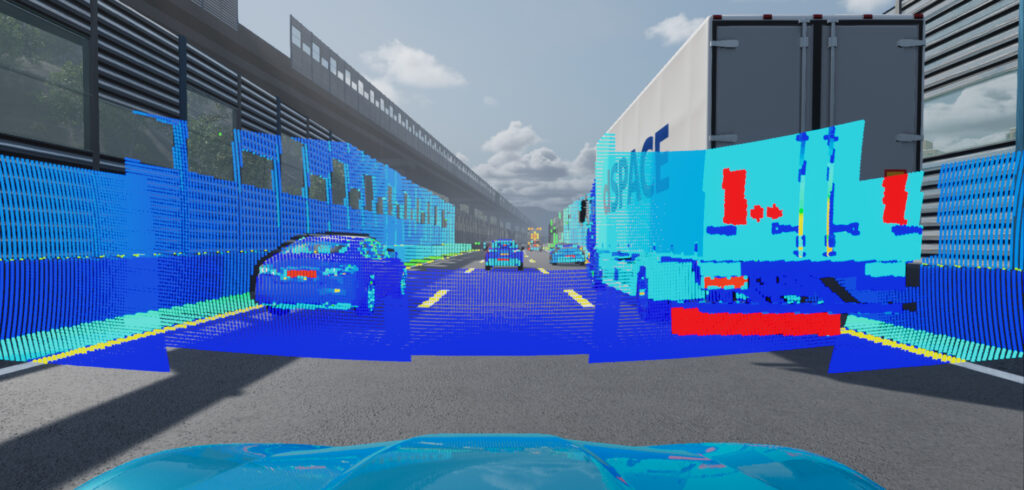Through a technology partnership, dSPACE has integrated sensor models from RoboSense – a developer of smart lidar systems – into Aurelion, its sensor simulation solution to speed up the development, testing and validation of lidar functions in ADAS and autonomous driving applications.
“Sensor models for the most frequently used RoboSense sensors are now already integrated in the dSPACE Aurelion sensor simulation solution,” explained Caius Seiger, product manager sensor simulation, dSPACE. “The scenarios that can be simulated using this combination extend the testing options and thus reduce costs from the development phase to validation.”
Users can operate Aurelion in the cloud or locally at their desired location to generate photo-realistic images for camera simulation in real time. By using ray tracing, realistic raw data can also be calculated for radar and lidar. dSPACE’s solution can also be used within software-in-the-loop testing, hardware-in-the-loop testing, or in parallel validation in the cloud.
By integrating RoboSense’s M-Series lidar – stated to be the first intelligent automotive-grade solid-state lidar to achieve mass production – AV developers can flexibly use high-quality lidar models through the Aurelion platform. This provides synthetic data for perception development, testing and validation of autonomous driving systems and solutions.
The M-Series lidar uses MEMS chips and 2D scanning technology – partnered with high-performance, maturity and reliability advantages – to provide quality perception point clouds, enhancing vehicle perception capabilities in a range of complex scenarios.
“Through cooperation with dSPACE, RoboSense will effectively assist industry partners in deploying and applying lidar-equipped vehicles,” said Sean Wang, senior director of product, RoboSense.
“We look forward to deepening our collaboration with dSPACE, fully leveraging the advantages of lidar technology products, and providing strong support for the development of powerful and safe ADAS and autonomous driving systems in the automotive industry, thereby jointly promoting development in the global automotive and autonomous driving industries.”


